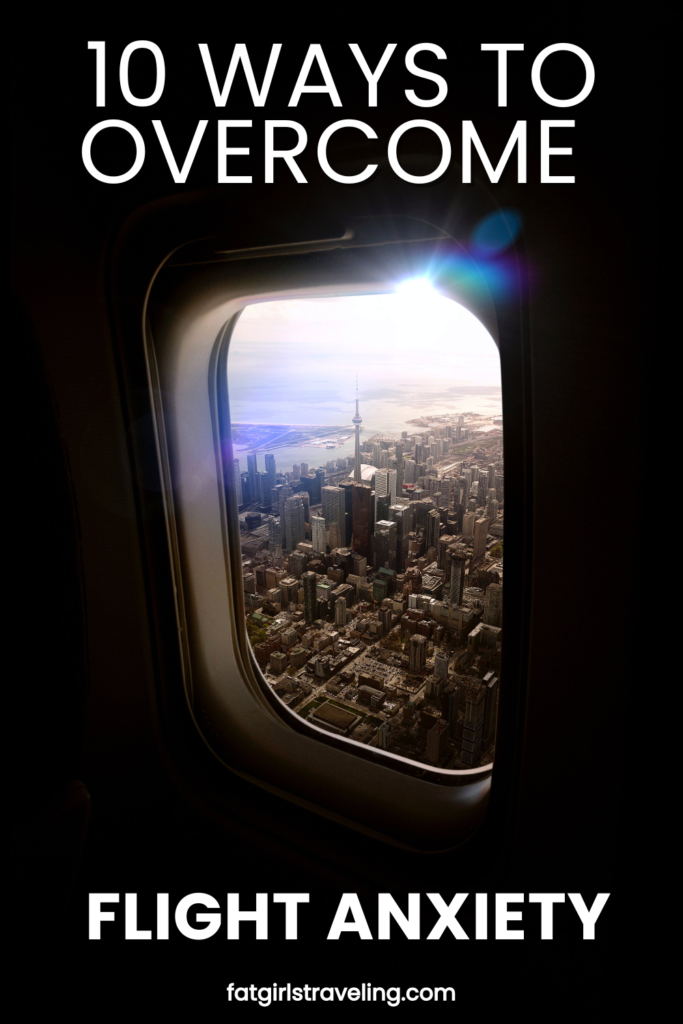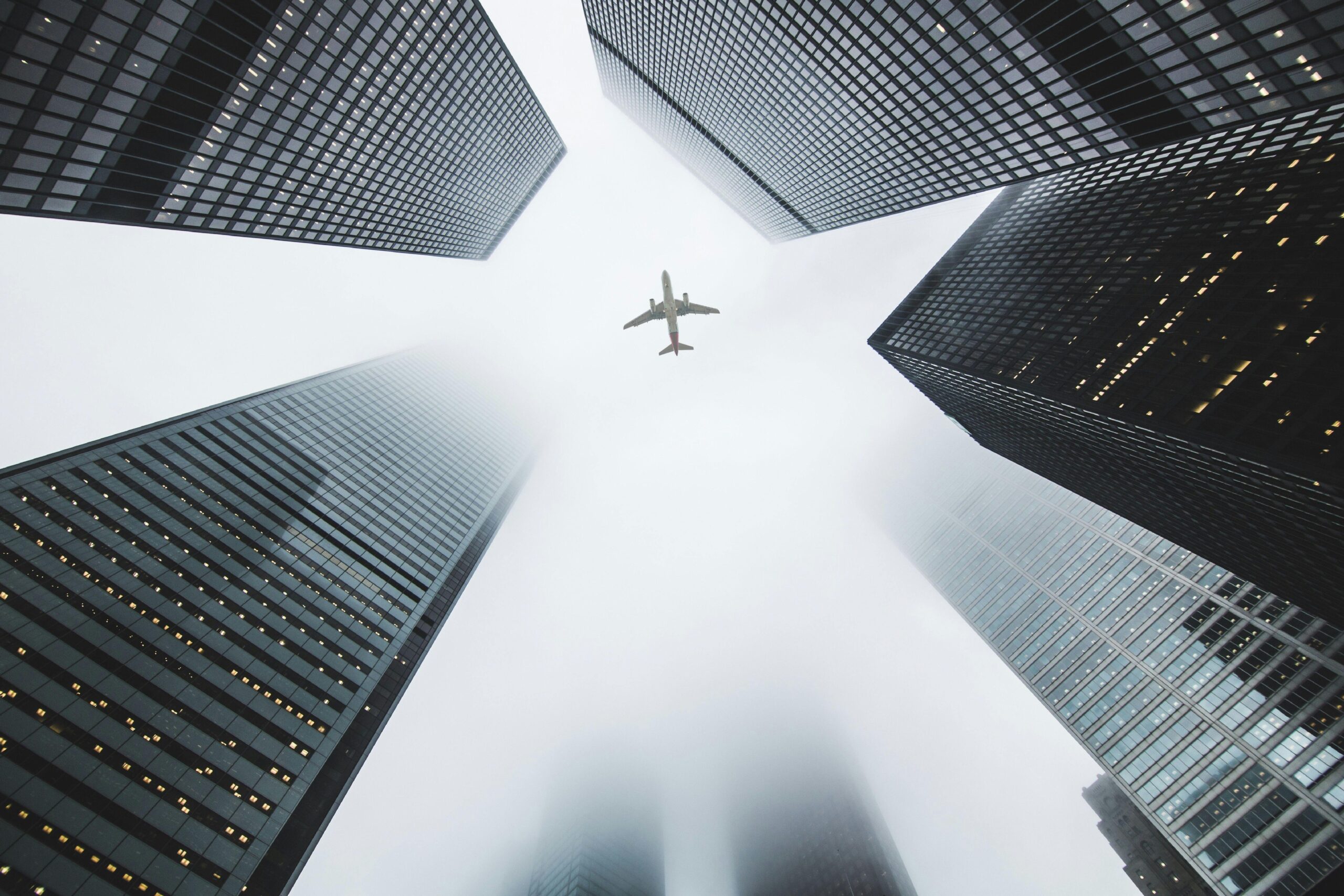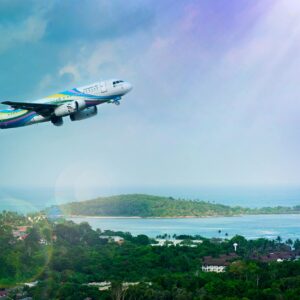Flight anxiety is at an all-time high, but it’s more common than you think. Research shows that up to 40% of people have some degree of aerophobia. Aerophobia or aviophobia is an extreme fear of flying. It often causes panic attacks and makes it difficult to travel. Although no fatalities occurred, incidents like the recent Delta crash at Toronto Pearson International Airport can heighten flight-related fears.
One of the safest ways to travel is flying, but If you’re struggling with flight anxiety, know that you’re not alone, and there are ways to manage it. Below, we’ll explore common symptoms, 10 effective techniques, and resources to help you fly with confidence.
The Data
- According to a report from the Bureau of Transportation Statistics, air travel remains the safest form of transportation.
- There have been 87 aviation accidents as of February of 2025 including 4 major aviation disasters.
- The Jan. 29 plane crash in Washington that killed 67 people is the only fatal commercial aviation crash in the past 15 years.
- The odds of dying in an air disaster are about 1 in 13.7 million compared to 1 in 95 odds of dying in a car accident.
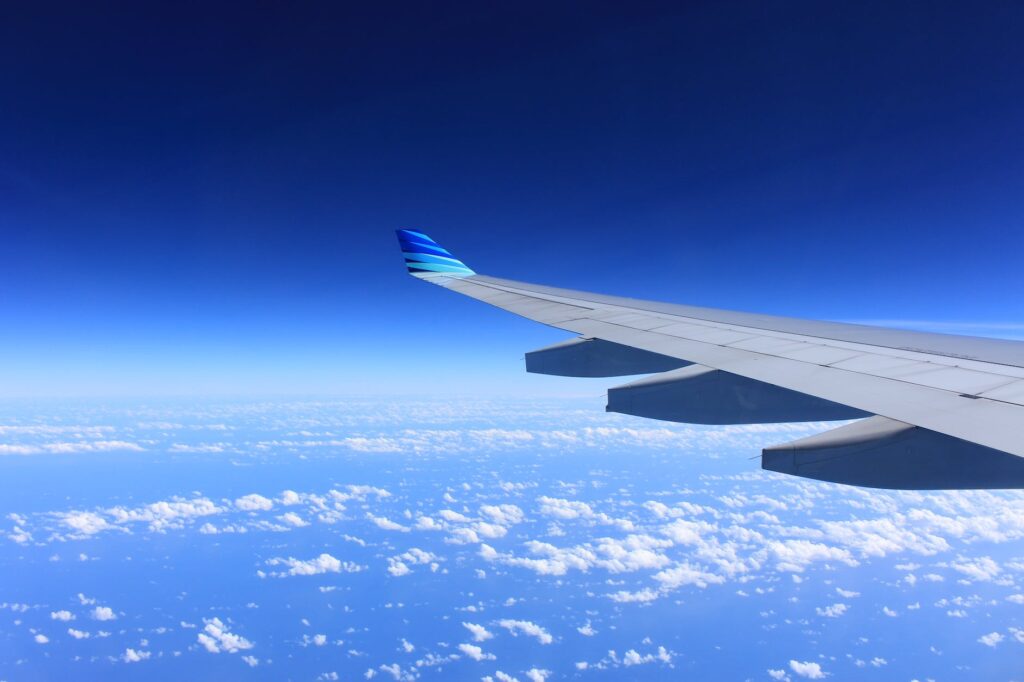
Recognizing Symptoms of Flight Anxiety
Flying is one of the safest ways to travel. Yet it triggers anxiety for more than 25 million adults in the U.S. Before we tackle the solutions, it’s essential to recognize the symptoms:
Rapid Heartbeat & Shortness of Breath – The fear response triggers an adrenaline rush.
Sweating & Trembling – Your body enters fight-or-flight mode, preparing for a perceived threat.
Dizziness or Nausea – Stress hormones can affect your digestive system.
Catastrophic Thoughts – Fear of turbulence, mechanical failure, or crashes.
Panic Attacks – A sudden wave of fear with an intense need to escape.
Avoidance Behaviors – Canceling trips or choosing alternative transportation.
You Might Also Like: Long Haul Travel Essentials
10 Effective Techniques to Manage Flight Anxiety
These 10 effective techniques will help you push through your flight anxiety. So that you can have a safe and comfortable journey.
1. Understand the Science of Flying
Most flight anxiety comes from fear of the unknown. Learning how planes work—why turbulence is normal, how pilots handle emergencies, and the rigorous safety protocols—can help you feel more in control.
Watch This: Pilot Explains the Science of Turbulence
2. Choose the Right Seat
Aisle seats provide a sense of control and ease for those who dislike confined spaces.
Sitting over the wings is the most stable spot for minimal turbulence.
Selecting a seat in the front of the plane is quieter and provides a quicker exit after landing.
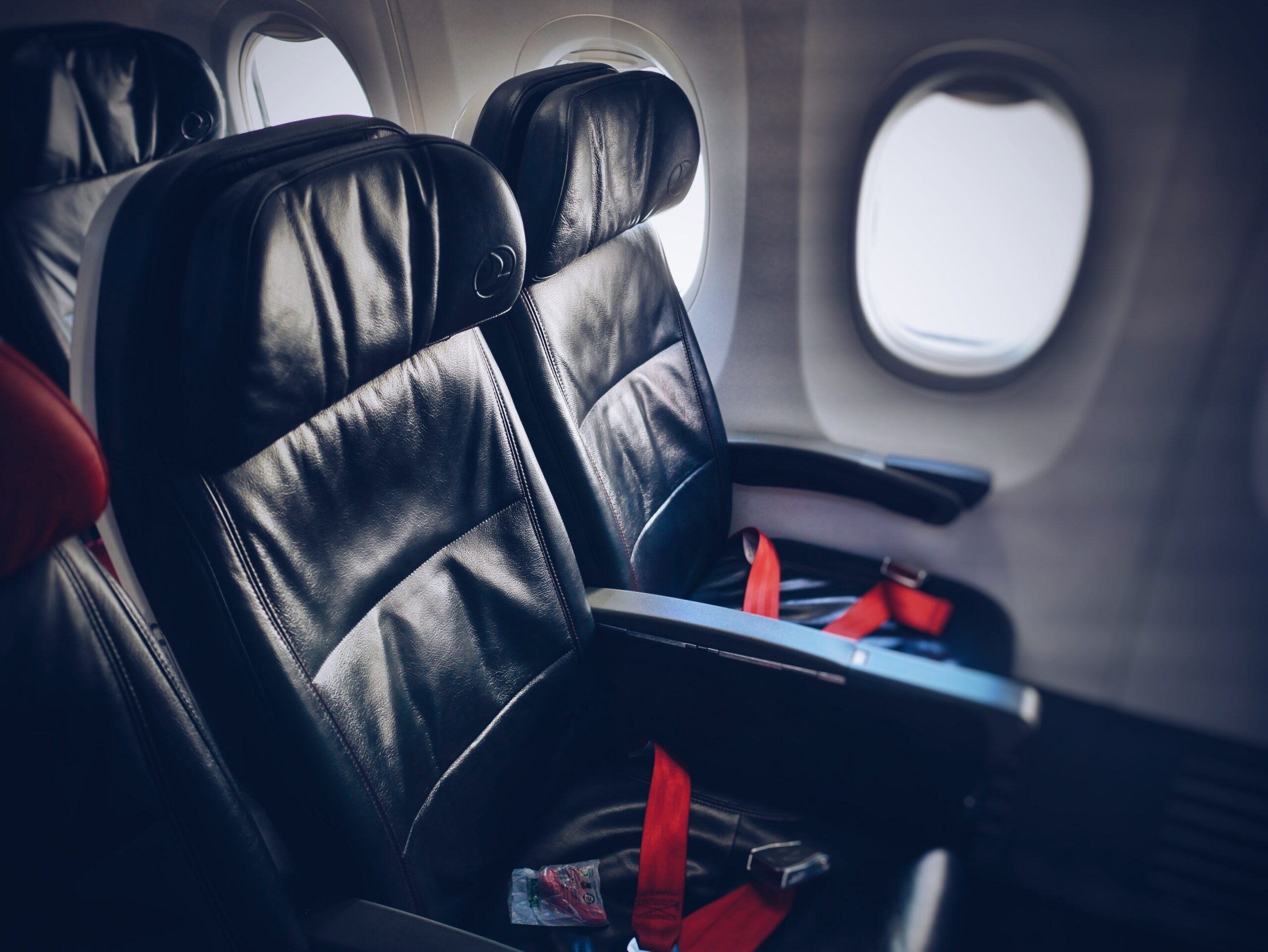
3. Use Breathing Techniques
Practicing 4-7-8 breathing (inhale for 4 seconds, hold for 7, exhale for 8) can calm the nervous system. This technique slows your heart rate and reduces panic.
4. Listen to Guided Meditations or Music
Apps like Calm and Headspace offer airplane-specific meditations. Additionally, listening to classical music, lo-fi beats, and nature sounds helps reduce stress. Our Playlist to Help your Mental Health is a good place to start.
5. Distract Yourself with Movies, Books, or Games
Focusing on something engaging can redirect your mind from fear. Try downloading movies, TV shows, podcasts, or the airline app (for in flight entertainment) before your flight help pass the time.
6. Challenge Negative Thoughts
This Cognitive Behavioral Therapy (CBT) technique might help:
Identify the irrational fear (e.g., “Turbulence means the plane is going to crash”).
Then replace the fear with a fact-based reality (e.g., “Turbulence is like driving on a bumpy road”).

7. Consider Medication or Natural Remedies
• Consult a doctor about short-term anxiety medications.
• CBD oil (legal in many places) or herbal remedies like chamomile tea can provide relaxation.
8. Inform Flight Attendants About Your Anxiety
Cabin crew are trained to assist anxious passengers. Letting them know ahead of time can help them provide reassurance.
9. Avoid Caffeine & Alcohol
Stimulants like coffee can increase heart rate, while alcohol may worsen dehydration and anxiety mid-flight. Opt for water or herbal teas instead.
10. Travel with a Companion or Support Group
If possible, fly with someone who reassures you. Alternatively, online communities like the Fear of Flying Forum provide peer support and expert advice. It’s also something that we discuss often during the Fat Friends Support Group. Learn more about that and the other perks you receive by joining the Fat Girls Traveling Network.
Best Books & Podcasts for Flight Anxiety
These are the best books to help you manage flight anxiety.
Books:
1. Soar: The Breakthrough Treatment for Fear of Flying – Captain Tom Bunn
2. Fear of Flying Workbook – David Carbonell
3. The Skies Belong to Us – Brendan I. Koerner (for understanding aviation safety)
4. Rewire Your Anxious Brain… – Catherine M. Pittman PhD and Elizabeth M. Karle MLIS
5. Feel the Fear and Do It Anyway – Susan Jeffers
Podcasts:
1. “Fear of Flying School” – Hosted by a licensed therapist.
2. “Lovefly” – Learn about modern aviation and different ways to address fear of flying.
3. “The Calmer You Podcast” – Anxiety-reducing strategies.
4. “Unlocking Us” by Brené Brown – Managing vulnerability and fear.
5. “Meditative Story” – Combines storytelling with mindfulness techniques.
Flight anxiety is manageable with the right tools and mindset. Start with small steps, like learning about turbulence, practicing relaxation techniques, or choosing the best seat. We hope this resource is helpful. If you feel like talking about it join the conversation on the Fat Girls Traveling Network.
